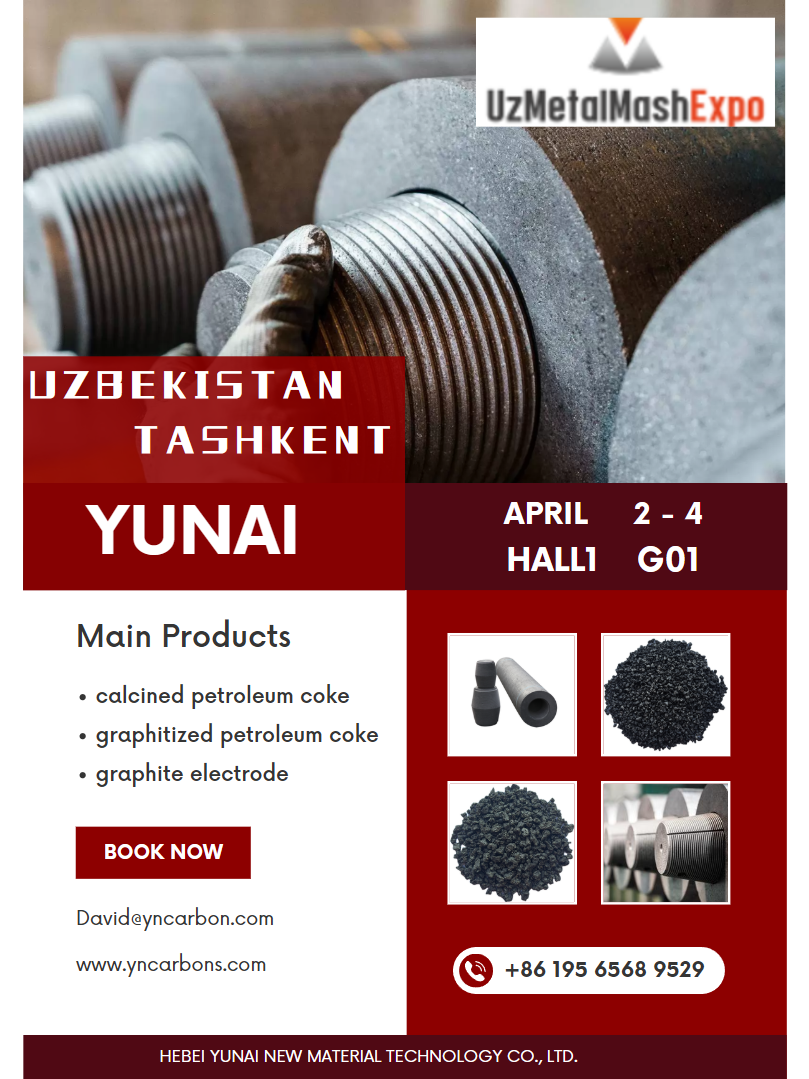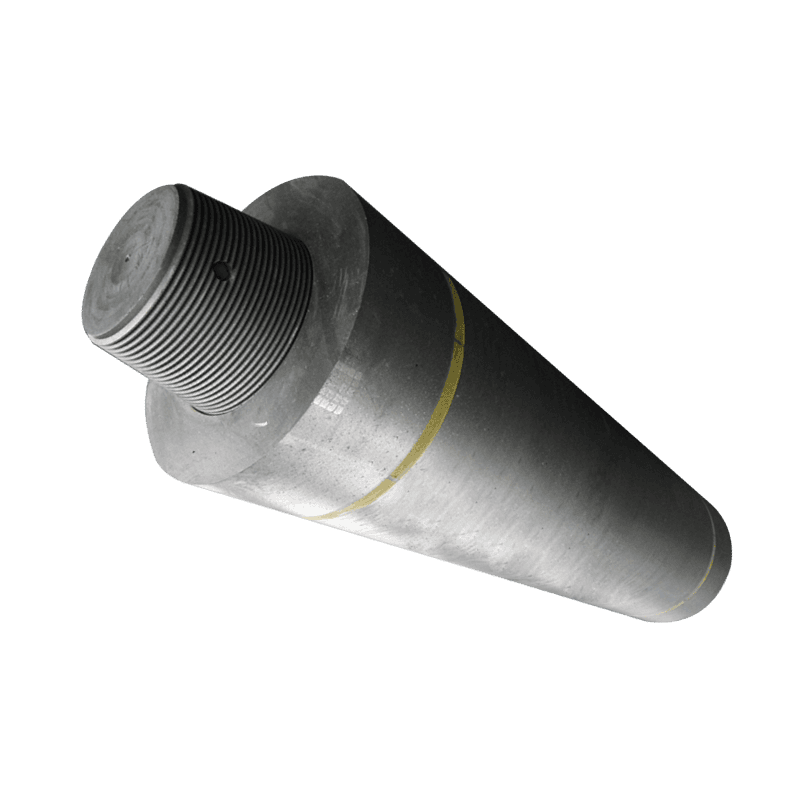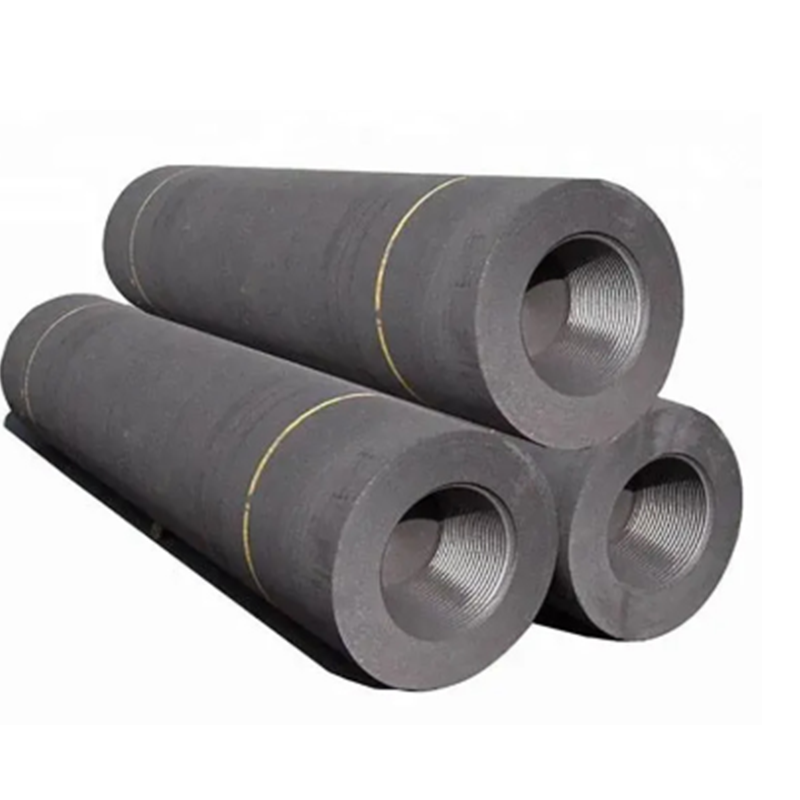How Graphite Electrode Enhances Performance in Electric Arc Furnaces
Release Time:
Jun 30,2025
How Graphite Electrode Enhances Performance in Electric Arc Furnaces Table of Contents 1. Introduction to Graphite Electrodes and Electric Arc Furnaces 2. Importance of Graphite Electrodes in Electric Arc Furnaces 3. Working Principle of Electric Arc Furnaces 4. Types of Graphite Electrodes Used 5. How Graphite Electrodes Enhance Performance 6. Sustainability and Environme

How Graphite Electrode Enhances Performance in Electric Arc Furnaces
Table of Contents
- 1. Introduction to Graphite Electrodes and Electric Arc Furnaces
- 2. Importance of Graphite Electrodes in Electric Arc Furnaces
- 3. Working Principle of Electric Arc Furnaces
- 4. Types of Graphite Electrodes Used
- 5. How Graphite Electrodes Enhance Performance
- 6. Sustainability and Environmental Impact
- 7. Challenges and Solutions in Using Graphite Electrodes
- 8. Future Trends in Graphite Electrode Technology
- 9. Conclusion
- 10. Frequently Asked Questions (FAQs)
1. Introduction to Graphite Electrodes and Electric Arc Furnaces
Graphite electrodes play a pivotal role in the operation of electric arc furnaces (EAFs), which are extensively used in the steelmaking industry. These electrodes facilitate the generation of high temperatures necessary for melting scrap steel and other materials. This article explores how the use of graphite electrodes significantly enhances the performance and efficiency of EAFs, ensuring optimal operations in the metallurgical sector.
2. Importance of Graphite Electrodes in Electric Arc Furnaces
Graphite electrodes are essential components in EAFs for several reasons:
2.1 High Conductivity
Graphite is known for its excellent electrical conductivity, allowing for efficient electrical current flow. This characteristic helps in generating the intense heat required for metal melting and refining.
2.2 Superior Thermal Stability
Graphite electrodes can withstand the extreme temperatures that occur during the EAF process, maintaining structural integrity while providing consistent performance.
2.3 Cost Effectiveness
Using graphite electrodes in EAFs is economically favorable. They enable high recycling rates of steel scrap, reducing raw material costs and promoting sustainability in production processes.
2.4 Versatility
Graphite electrodes can be used in various applications beyond EAFs, including in foundries and for manufacturing advanced materials, highlighting their versatility in the metallurgical industry.
3. Working Principle of Electric Arc Furnaces
Electric arc furnaces operate by creating an electric arc between the graphite electrodes and the charged materials in the furnace. The arc generates a high-temperature plasma that melts scrap steel and other materials. The process involves several stages:
3.1 Charging the Furnace
Initially, the furnace is charged with shredded scrap metal, which serves as the primary input material.
3.2 Initiating the Arc
Once the furnace is charged, an electric current is passed through the electrodes, creating an arc that can reach temperatures of up to 3,000 degrees Celsius.
3.3 Melting and Refining
The intense heat melts the scrap metal, allowing for refining and the removal of impurities. The molten steel is then tapped from the furnace for further processing.
3.4 Tapping and Casting
After melting, the molten steel is poured into molds for casting, completing the steel production cycle.
4. Types of Graphite Electrodes Used
Not all graphite electrodes are created equal. Various types are designed to meet specific operational needs in EAFs:
4.1 Regular Power (RP) Electrodes
Regular power electrodes are commonly used in steelmaking applications. They offer a balanced performance suitable for many EAFs.
4.2 High Power (HP) Electrodes
High power electrodes are designed for applications requiring a higher current density, providing enhanced performance in melting operations.
4.3 Ultra High Power (UHP) Electrodes
UHP electrodes are used in high-demand EAFs. They can handle extreme conditions and deliver superior melting efficiency, which is crucial for modern steelmaking.
5. How Graphite Electrodes Enhance Performance
The benefits of using graphite electrodes in electric arc furnaces extend beyond mere functionality. Their impact can be observed through various performance enhancements:
5.1 Improved Melting Efficiency
Graphite electrodes facilitate more effective heat transfer, resulting in faster melting times and reduced energy consumption. This efficiency is critical for high-volume steel production.
5.2 Enhanced Quality of Steel
The use of high-quality graphite electrodes contributes to better control over the melting process, leading to superior quality steel with minimal impurities.
5.3 Increased Production Rates
With improved melting efficiency and quality control, EAFs equipped with graphite electrodes can achieve higher production rates, meeting the growing demand for steel products.
5.4 Reduced Electrode Consumption
Graphite’s durability means that electrodes can last longer, reducing the frequency of replacements and associated costs.
6. Sustainability and Environmental Impact
The integration of graphite electrodes in electric arc furnaces aligns with sustainability goals in the steel industry. Several factors contribute to this:
6.1 Recycling Capabilities
EAFs primarily use scrap steel, significantly reducing the need for virgin raw materials. This recycling capability lowers the carbon footprint of steel production.
6.2 Lower Energy Consumption
Graphite electrodes enhance energy efficiency in melting processes, helping to reduce overall energy use and greenhouse gas emissions.
6.3 Waste Reduction
The precision and efficiency of EAFs minimize waste, aligning production practices with environmental sustainability initiatives.
7. Challenges and Solutions in Using Graphite Electrodes
Despite their numerous advantages, the use of graphite electrodes in EAFs presents certain challenges:
7.1 Electrode Consumption
High operational temperatures can lead to rapid electrode wear. Solutions include selecting appropriate electrode grades and optimizing operational parameters to extend life.
7.2 Cost Fluctuations
The price of graphite can be volatile due to supply chain issues and market demand. Strategic sourcing and inventory management can mitigate these risks.
7.3 Handling and Storage
Proper handling and storage practices are essential to prevent damage to electrodes. Implementing stringent protocols can safeguard electrode quality.
8. Future Trends in Graphite Electrode Technology
As the steel industry evolves, so does the technology surrounding graphite electrodes. Key trends shaping the future include:
8.1 Advancements in Materials Science
Research into composite materials and alternative formulations may lead to enhanced electrode performance and reduced costs.
8.2 Automation and Smart Technologies
The integration of automation and smart monitoring technologies in EAF operations can further optimize the use of graphite electrodes, enhancing overall efficiency.
8.3 Sustainable Practices
The drive for sustainability will continue to influence the development of more environmentally friendly electrode production processes.
9. Conclusion
Graphite electrodes are indispensable in the operation of electric arc furnaces, significantly enhancing their performance and efficiency. Their superior electrical conductivity, thermal stability, and cost-effectiveness make them ideal for modern steelmaking practices. As the industry focuses on sustainability and innovation, the role of graphite electrodes will only continue to grow, leading to improved steel quality, reduced environmental impact, and increased production rates. Embracing advancements in this technology will ensure that electric arc furnaces remain at the forefront of the metallurgical industry.
10. Frequently Asked Questions (FAQs)
10.1 What are graphite electrodes primarily made of?
The primary material for graphite electrodes is petroleum coke, which is processed and baked at high temperatures to produce high-quality graphite.
10.2 How long do graphite electrodes last in electric arc furnaces?
The lifespan of graphite electrodes varies depending on operational conditions but typically ranges from 10 to 20 melting cycles.
10.3 Can graphite electrodes be reused?
Yes, used graphite electrodes can be re-machined and reused, particularly if they have not been excessively worn.
10.4 What factors influence the performance of graphite electrodes?
Factors include the quality of the graphite material, the electrode diameter, operational conditions, and furnace maintenance practices.
10.5 Are there alternatives to graphite electrodes in electric arc furnaces?
While graphite electrodes remain the most common choice, research into alternative materials and technologies is ongoing to improve efficiency and sustainability in steel production.
Keywords:
More information









